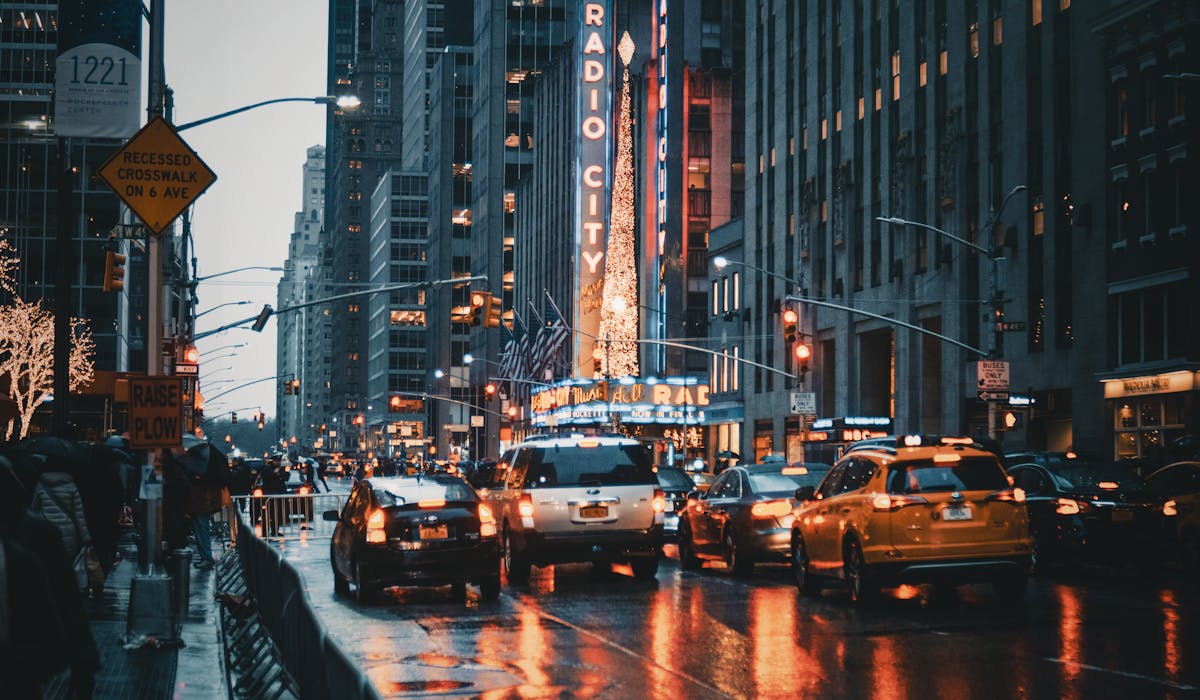Unknown Facts About Framing Streets
Wiki Article
Facts About Framing Streets Revealed
Table of ContentsThe Ultimate Guide To Framing StreetsUnknown Facts About Framing StreetsRumored Buzz on Framing StreetsWhat Does Framing Streets Do?What Does Framing Streets Do?4 Easy Facts About Framing Streets Described
Digital photography category "Crufts Dog Program 1968" by Tony Ray-Jones Street photography (additionally occasionally called candid digital photography) is photography conducted for art or questions that features unmediated opportunity encounters and random events within public areas, usually with the purpose of catching pictures at a decisive or emotional moment by mindful framework and timing. 
The Definitive Guide for Framing Streets
Susan Sontag, 1977 Street digital photography can focus on individuals and their actions in public. In this respect, the street photographer is similar to social documentary professional photographers or photographers that additionally work in public locations, yet with the purpose of recording relevant occasions. Any of these digital photographers' images might catch individuals and building noticeable within or from public places, which usually entails navigating honest problems and legislations of personal privacy, security, and residential or commercial property.Representations of everyday public life develop a category in practically every period of globe art, starting in the pre-historic, Sumerian, Egyptian and early Buddhist art durations. Art managing the life of the road, whether within sights of cityscapes, or as the dominant concept, appears in the West in the canon of the Northern Renaissance, Baroque, Rococo, of Romanticism, Realism, Impressionism and Post-Impressionism.
Unknown Facts About Framing Streets
Louis Daguerre: "Blvd du Temple" (1838 or 1839) In 1838 or 1839 the initial photograph of numbers in the street was recorded by Louis-Jacques-Mand Daguerre in one of a set of daguerreotype sights taken from his workshop window of the Boulevard du Holy place in Paris. The 2nd, made at the height of the day, shows an unpopulated stretch of road, while the other was taken at regarding 8:00 am, and as Beaumont Newhall reports, "The Blvd, so regularly full of a moving throng of pedestrians and carriages was completely singular, other than an individual who was having his boots cleaned.His boots and legs were well defined, yet he is without body or head, due to the fact that these were in motion." Charles Ngre, waterseller Charles Ngre. https://framing-streets.jimdosite.com/ was the very first photographer to obtain the technological elegance required to sign up individuals in movement on the street in Paris in 1851. Photographer John Thomson, a Scotsman collaborating with reporter and social protestor Adolphe Smith, published Road Life in London in twelve month-to-month installations starting in February 1877
Top Guidelines Of Framing Streets
Eugene Atget is considered a progenitor, not since he was the very first of his kind, but as an outcome of the popularisation in the late 1920s of his document of Parisian roads by Berenice Abbott, who was inspired to undertake a comparable paperwork of New York City. [] As the city developed, Atget helped to promote Parisian roads as a worthwhile topic for digital photography.
The smart Trick of Framing Streets That Nobody is Discussing
Martin is the first videotaped digital photographer to do so in London with a masked camera. Mass-Observation was a social research study organisation started in 1937 which aimed to record day-to-day life in Britain and to tape the reactions of the 'man-in-the-street' to King Edward VIII's abdication in 1936 to wed separation Wallis Simpson, and the sequence of George VI. In between 1946 and 1957 Le Groupe des XV annually exhibited job of this kind. Andre Kertesz. Circus, Budapest, 19 May 1920 Street photography formed the major material of two exhibits at the Gallery of Modern Art (Mo, MA) in New york city curated by Edward Steichen, Five French Digital Photographers: Brassai; Cartier-Bresson, Doisneau, Ronis, Izis in 1951 to 1952, and Post-war European Digital Photography in 1953, which exported the concept of road digital photography internationally.
Some Known Details About Framing Streets
The recording device was 'a surprise electronic camera', a 35 mm Contax hidden underneath his coat, that was 'strapped to the upper body and linked to a long cable strung down the ideal sleeve'. His job had little contemporary effect as due to Evans' sensitivities concerning the originality of his job and the privacy of his subjects, it was not released until 1966, in the book Numerous Are Called, with an intro composed by James Agee in 1940.Helen Levitt, after that additional reading an educator of young kids, related to Evans in 193839. She recorded the temporal chalk illustrations - copyright Camera that were component of children's street society in New york city at the time, along with the kids that made them. In July 1939, Mo, MA's new digital photography area included Levitt's operate in its inaugural eventRobert Frank's 1958 book,, was significant; raw and frequently indistinct, Frank's pictures examined conventional photography of the time, "challenged all the formal guidelines laid down by Henri Cartier-Bresson and Walker Evans" and "contradicted the wholesome pictorialism and heartfelt photojournalism of American publications like LIFE and Time".
Report this wiki page